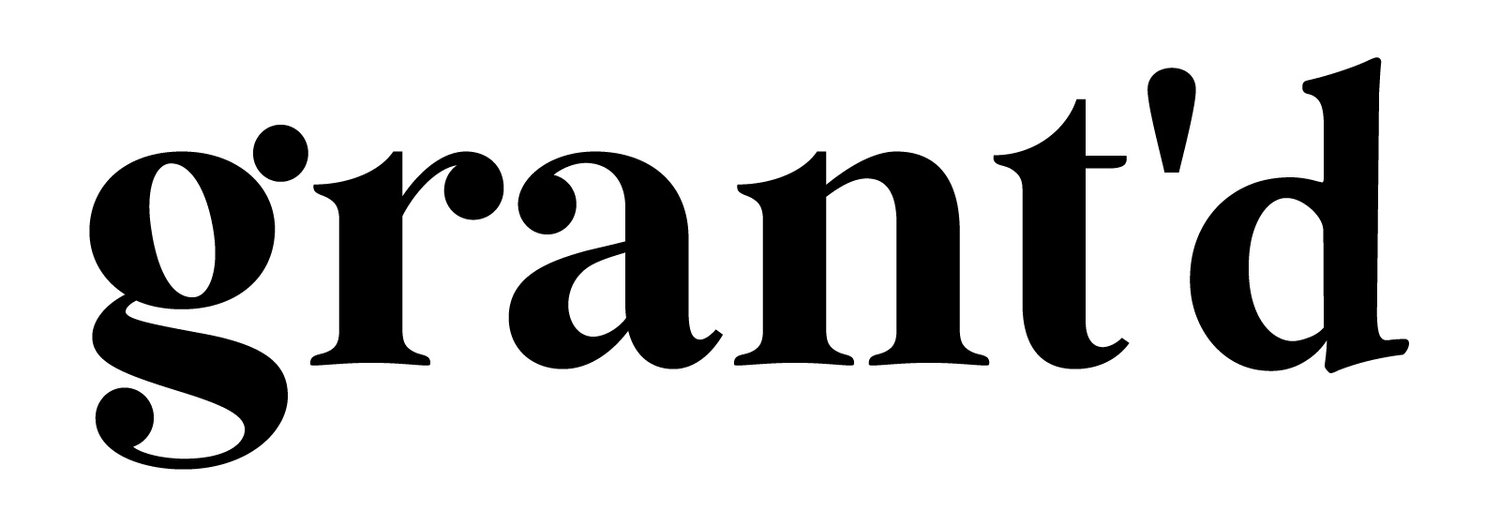What do you do when you hear of a new grant that would be perfect for your organisation’s next charity project?
You race to your trusty laptop giddy with inspiration, open the application form and dive in… only to be hit with crippling doubt:
“My work isn’t good enough to win the funding we so desperately need”
“I’ll make a terrible mistake and it’ll cause more trouble when we’re already so time poor and under resourced”
“I don’t think our application will meet the expectations of grant makers… I’m just wasting time”
Hey… before you talk yourself into ditching your next application, let us reassure you that your worries are unfounded. Here are 10 top tips that will have you fearlessly crafting high quality applications capable of winning results for your organisation.
#1 The Gatekeeper of Eligibility
With some funding bodies automatically discarding up to 30% of submissions in each application round, carefully checking that your organisation and project meet the eligibility criteria before investing time is integral to your success.
#2 Time is your best friend
Even after you have cleared the hurdle of eligibility, a week is not enough time to complete and submit a high-quality submission. Allowing plenty of time before the deadline is essential for creating a grant-worthy submission.
#3 Start gathering your assets early
Rather than making last minute requests for supporting documents that you can only hope will arrive in time, safeguard your success by identifying and initiating the sourcing of any required documents — before starting anything else!
#4 Know the Funding Body
You know what your funding needs are, but researching and understanding the driving forces and priorities behind the funding body is just as important — and your newfound knowledge will have an immeasurable influence on how successfully your case for funding is argued.
#5 Seek to speak with a representative of the funding body
Whether or not it is a requirement of the application, personally introducing your project and asking how you can improve your case for funding often leads to the sharing of insider advice — instantly putting you a step ahead of the rest.
#6 Develop a clearly defined and compelling case for funding
Remember that you are writing for a reader who knows nothing about your project… but at the same time, assume that the reader has very limited time and a short attention span. A clear and concise submission that clearly connects the dots to the funding priorities is a prime candidate for a winning submission.
#7 Back your claims of need and demonstrate community support
The perceived value of your project is always increased significantly by the inclusion of relevant statistics and evidence of community support. What evidence this might be will vary on a case-by-case basis, however as an example; the need, value and demand for an Indigenous literacy program in rural Australia can be evidenced by Closing the Gap statistics, alongside letters of support from local educators and elders.
#8 Don’t underestimate the power of the budget
The budget is one of your best opportunities to demonstrate that your project is well planned, cost effective, and feasible — and this is not a task as scary as many often think. A well-developed budget should clearly indicate the items that funding is being sought for, include quotes where required, list all sources of income including in-kind support, and provide matching income/expenditure totals.
#9 Inject life and passion
Just because applications often seem stodgy, your story doesn’t need to be boring too. Evocative words can be used sparingly, but not at the cost of concise expression. Where the application allows for materials of your choice to be attached, consider it as an invaluable opportunity bring your project or its beneficiaries to life through video, image or text resources.
#10 Revise, and then revise again
Your ultimate goal is an application that on the whole, concisely communicates what your project is, how it works, the urgent need for it, and its expected outcomes. A second set of eyes at this stage will also provide a valuable indicator of whether your application is submission ready.
By following these ten simple tips, you will be well on your way to creating a grant submission with a high rate of success. Your successes will not only secure funding for your organisation’s next project, but also elevate its profile — firmly reinforcing its credibility as a charity capable of great triumphs.
Need a helping hand?
Don’t let the pressure of writing a powerful grant submission get the better of you. Especially when our experts are just a phone call away! At Raised we are proud to have a 95% success rate when it comes to writing grant proposals, and would be honoured to help your organisation get your submission over the line.

